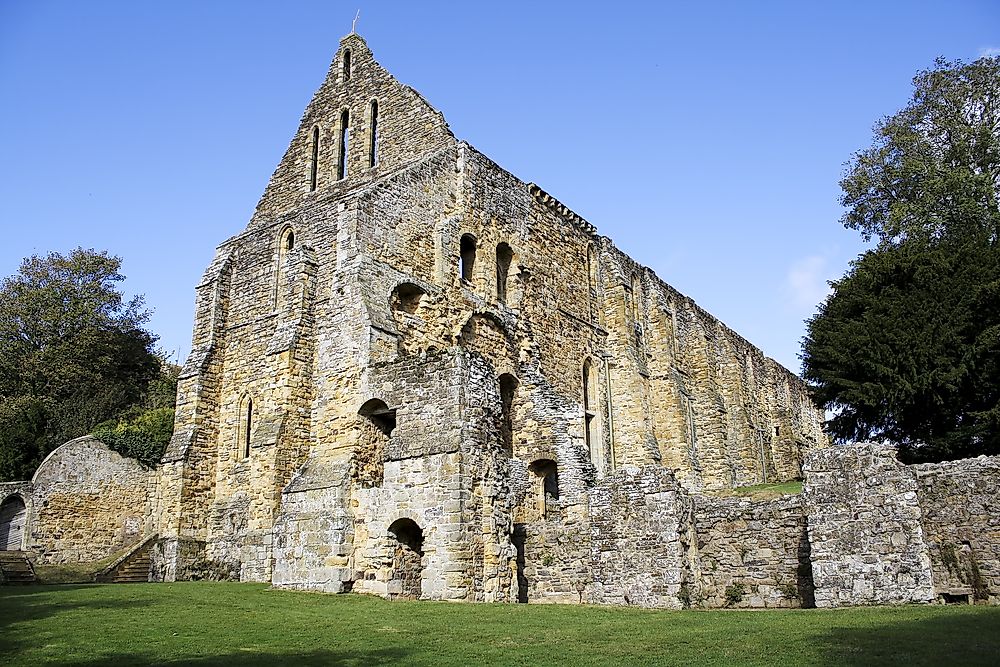What was the Battle of Hastings?

The Battle of Hastings took place on October 14th, 1066 and was fought between the English army led by King Harold Godwinson and the Norman-French forces led by William, the Duke of Normandy. The Battle of Hastings gives a good perspective of the delicate nature of succession in the ancient monarchies of England. The battle ground was the present day town of Battle, East Sussex, approximately 7 miles northwest of Hastings.
5. Description of the Engagement
The English King Harold had defeated the Norwegian King Hardrada at the Battle of Stamford Bridge and then marched south to meet William’s forces who had just crossed the English Channel. The Battle of Hastings began at 9 AM on October 14th, 1066 and fought near present-day Hastings, East Sussex. King Harold’s forces were positioned on Senlac Hill and hence had a height advantage. King Harold employed a shield wall formation against the superior long-range weaponry of the Norman troops.
4. Makeup of the Forces
Historians estimate that the forces behind William of Normandy numbered between 7,000 and 12,000 soldiers and consisted of cavalry units, archers, and infantry units. The forces were heavily armored, having knee-length hauberks made of chainmail and also with metallic helmets. The horsemen and infantry also carried metal-reinforced wooden shields with the horsemen having couched lances. The infantry’s and cavalry’s primary weapon was a straight, long, double-edged sword. English forces under Harold numbered about 13,000 soldiers majority of who consisted of the infantry who carried a two-handed Danish battleax as their primary weapon.
3. Background
The events which triggered the Battle of Hastings are traced back to the year 911 when Charles the Simple granted a group of Viking's residence in Normandy where they integrated with the local culture, intermarried with the indigenous residents and even renounced paganism and converted to Christianity. About a century later, in 1002, the King of England, King Aethelred, married the sister to Duke of Normandy, Emma and with her had a son named Edward. Edward spent the majority of his life exiled in Normandy where he established a friendship with William of Normandy, and many historians believe that Edward promised to leave the crown to William after his death and William assisted him to ascend to the throne in 1042. King Edward was childless up until his death on January 5th, 1066, a fact which led to widespread speculation to the rightful heir of the throne of Duke William of Normandy, Harold Godwinson and King Hardrada of Norway all claiming the throne. Being the rightful heir by law, Harold Godwinson ascended to the throne shortly after King Edward’s death.
2. Outcome
The Norman army advanced and tried to breach the shield wall but was pushed back by the Saxon army which broke ranks so as to attack them. However, the Norman flanks closed in on the Saxons and killed many of the Saxons. However, it was the superior archers of the Norman army who won the day when one arrow struck King Harold’s eye and killed him. Seeing the fate of their leader, the Saxon army retreated, granting William’s forces victory.
1. Historical Significance and Legacy
The victory of Duke William of Normandy ushered the kingdom into a new era of Norman Rule. The victory also had an impact on English language and culture as Latin and French were made the formal languages of the kingdom while the locals began to adopt French names with “William, Robert and Henry” becoming favorite names.











